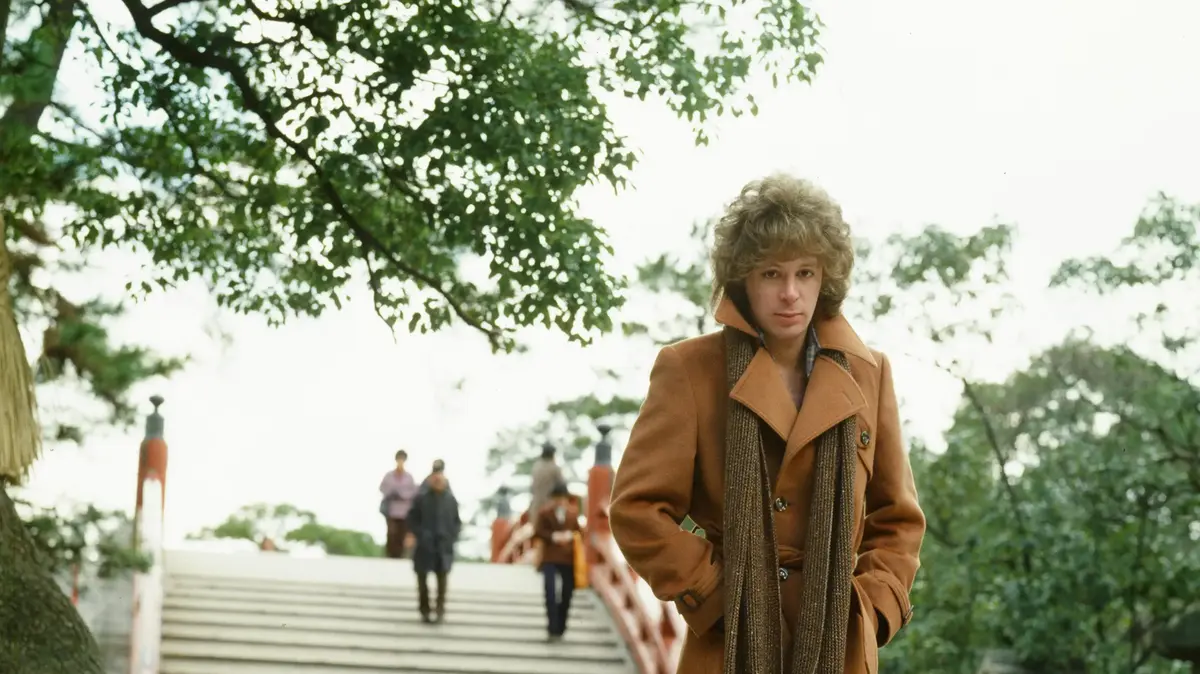Carmen Herrera, in her studio in Manhattan (New York), in April 2010. Miguel Rajmil Miguel Rajmil (EFE)
Cuban-American Carmen Herrera, whose paintings of radiant colors and geometric shapes went unnoticed for decades before breaking out in the art world, died in New York on Saturday.
She was 106 years old and a life dedicated to brushes, in silence and without waiting for an acknowledgment that she was late, about to turn 90. She painted because she had to, she repeated.
“I have not painted for glory or for money, I have done it out of necessity and because I am good at it,” she explained in 2010 in an interview with this newspaper.
"Of course I was interested in selling my work before and it mortified me not to, but I'm not a merchant."
Herrera was born in Havana, in 1915, into a family of journalists: his father was one of the founders of the newspaper
El Mundo
and his mother was a reporter.
An architecture student at the University of Havana, he established from a young age a kind of air bridge between the Cuban capital and Paris in the 1930s and 1940s, where he exhibited at the Salon des Réalites Nouvelles, the temple of abstraction in the epoch.
She also traveled frequently to New York, where she made the definitive leap in the mid-1950s after marrying Jesse Lowenthal, a high school literature teacher, to whom she remained married until his death in 2000. In love and in art Herrera It has been an example of unwavering perseverance.
Before settling in the Big Apple, he did internships between 1942 and 1943 at the Art Students League.
But standing out as an artist as a woman in postwar America was a difficult challenge;
as well as doing it as a Latino: two factors that many years later would contribute to her revelation.
"People were not ready to receive my work," Herrera told the
Observer .
London about those years.
Avant-garde gallery owners in New York openly told her that no matter how interesting her work was, they would never dedicate an exhibition to her because she was a woman.
Ignorance of the public and the market was positive, she always maintained: because it allowed her to work only according to her inspiration and her taste, without depending on current trends or the demands of gallery owners or a hypothetical public.
Two trends that several decades later tried to remedy the underrepresentation of minorities in the US art world were not unrelated to her epiphany as an artist: specifically, that of Latino artists, and that of women.
Herrera was the perfect combination, thanks to a solid work, treasured relentlessly for decades and that was revealed to the world in a room in 2004. It was then that she sold her first work.
As a result of the exhibition, the influential collector Ella Fontanals-Cisneros, also of Cuban origin and then owner of an important foundation in Miami, bought five of his paintings.
Other renowned collectors such as Estrellita Brodsky, ambassador of Latin American art, and Agnes Gund, president emeritus of the Museum of Modern Art in New York (MoMa), also surrendered to her work.
After those 60 years of discreet and fruitful silence, in which he gradually embarked on "a lifelong purification process, a process of removing what is not essential" -according to the updated biographical note dedicated to him by the Lisson gallery of London-, Herrera's paintings, minimalist compositions full of straight lines, shapes and color, can be seen today in permanent collections of important museums such as the Whitney in New York and the Tate in London.
His link to the Museo del Barrio, dedicated to Latin American art, was highlighted, since she exhibited there a decade before his formal consecration.
It was precisely the president of the board of trustees of this museum, Tony Bechara -at that time a friend and neighbor of the artist- who recommended her work to the gallery owner Frederico Sève, and he, to Fontanals-Cisneros and Brodsky.
"The heart of Carmen Herrera's painting is a drive for formal simplicity and an impressive sense of color," recalls the Lisson gallery.
“A master of sharp lines and contrasting chromatic planes, Herrera creates symmetry, asymmetry, and an infinite variety of movement, rhythm, and spatial tension on the canvas.”
Her brushes produced minimalist geometric configurations, in black and white and later in bright colors, with echoes of Mondrian and Pop Art: triangles and trapezoids, shells, spirals floating in a pristine universe.
From the Smithsonian in Washington to Minneapolis, from New York to Reina Sofía, Herrera's quiet and unfussy work has been the best kept secret in contemporary art.
A brittle-looking woman who not only broke the glass ceiling of gender and ethnicity, but also that of age,

/cloudfront-eu-central-1.images.arcpublishing.com/prisa/3P5NRR2H6HHDZEWUDG7XOJBU6I.jpg)










